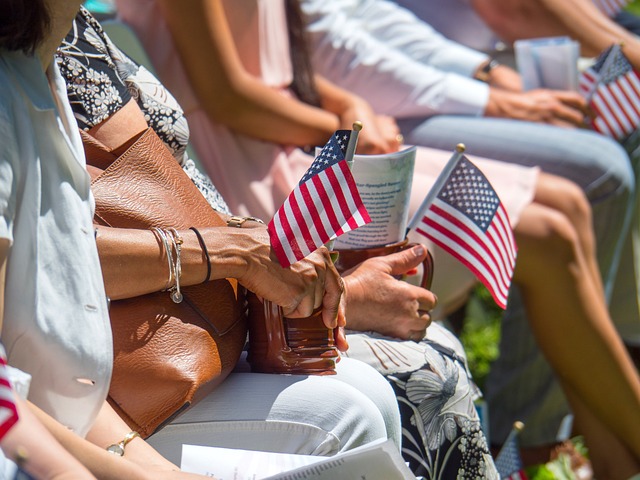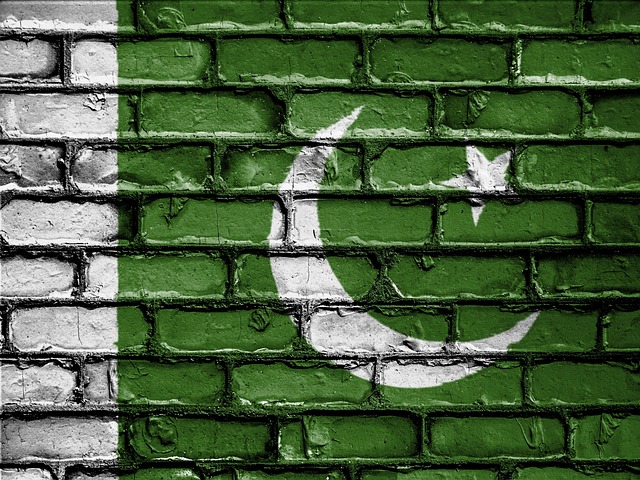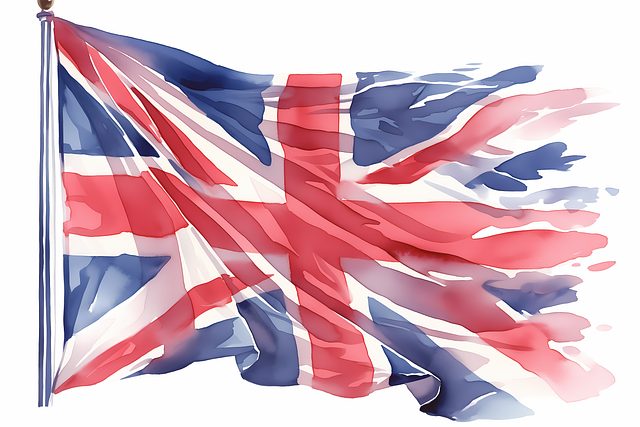The 5 x 9.5 American Flag is a powerful symbol in military burials, balancing historical significance with practicality. Its size and vibrant colors enhance emotional impact during ceremonies, making it the preferred choice for funerals and tributes. The flag's display follows strict protocols, honoring fallen service members while fostering unity within the military community.
The 5 x 9.5 American Flag holds significant ceremonial value in military burials, its standard size a testament to honor and respect. This article delves into the intricate world of military burial flags, exploring their historical context and the profound protocols surrounding their display. Understanding the dimensions and symbolism of the 5 x 9.5 flag is crucial for those paying tribute to fallen soldiers, ensuring these rituals are executed with dignity and precision.
- Understanding the 5 x 9.5 Flag: Dimensions and Significance
- Historical Context: Evolution of Military Burial Flags
- Protocols and Customs: Displaying the 5 x 9.5 American Flag at Funerals
Understanding the 5 x 9.5 Flag: Dimensions and Significance

The 5 x 9.5 American Flag holds a significant place in military burials, serving as a powerful symbol of honor and respect. Its dimensions are carefully chosen to ensure it’s both visually striking and proportional when displayed during ceremonies. The flag’s size is derived from historical standards, balancing the need for visibility and impact with practicality for handling and display.
This particular size allows for clear, prominent depiction of stars and stripes, enhancing its symbolic value during solemn occasions. The 5 x 9.5 ratio provides a balanced aesthetic, making it suitable for both indoor and outdoor settings. This flag is often chosen as a standard for military funerals, memorial services, and other tributes due to its ability to convey profound emotions and convey the weight of sacrifice while remaining easy to manage during ceremonies.
Historical Context: Evolution of Military Burial Flags

Military burial flags have a rich history, deeply rooted in the traditions and values of the United States armed forces. The use of flags as symbols of honor and remembrance dates back to the earliest days of American military history. Historically, flags played a crucial role in identifying soldiers on the battlefield, signaling commands, and instilling a sense of unity and patriotism. Over time, these practical uses evolved into symbolic gestures, with flags becoming powerful representations of sacrifice and service.
The standard size for a military burial flag, often seen as a 5 x 9.5 American Flag, is a reflection of this evolution. This specific dimension has been adopted to ensure that the flag is both visually striking and practical for display during ceremonies and burials. The vibrant red, white, and blue colors of the flag serve as a poignant reminder of the service and sacrifice of those who have defended our nation, while its size allows for clear visibility during formal events, honoring the fallen with the respect they deserve.
Protocols and Customs: Displaying the 5 x 9.5 American Flag at Funerals

When it comes to paying respects during military funerals, the display of the 5 x 9.5 American Flag holds significant importance and follows strict protocols. This flag is a powerful symbol of gratitude and respect for those who have served their country. According to established customs, the 5 x 9.5 flag should be displayed at half-staff, signifying mourning and honoring the deceased service member. It is typically placed on the casket or grave, ensuring its prominent position during memorial ceremonies.
The protocol dictates that the flag be carefully folded and presented in a specific manner. This ceremonial folding process involves pleating and tucking the flag to create 13 rectangles, each representing one of the original colonies. The flag should then be secured with a white ribbon or rope, adding to its dignity. These customs have been observed for centuries, fostering a sense of unity and respect within the military community.
